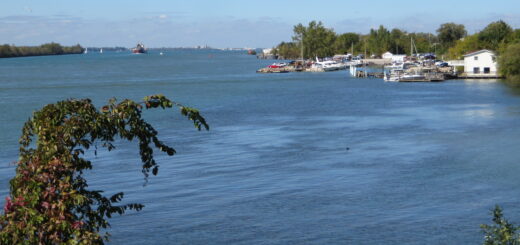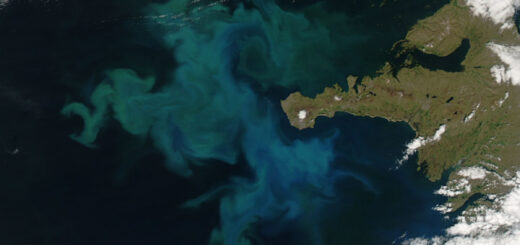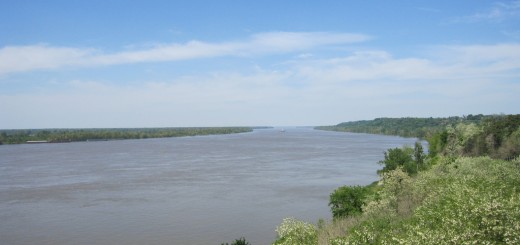Research Brief: Calcium-Bound Phosphorous and Avoiding Eutrophication in Central Alberta, Canada
0Freshwater lakes have long been known as sentinels of climate change—meaning that these lakes quickly reflect environmental changes. Freshwater lake regions like those of post-glacial Alberta, Canada, often become eutrophic in the wake of nutrient-loading events faster than bodies of water with greater circulation.
A 2022 study published in the Canadian Water Resources Journal sought to examine what variable(s) in small lakes in Alberta had the greatest influence on eutrophication.1 The leading hypothesis of the study was that variations in calcium concentrations—influenced predominantly by groundwater inputs—would be the primary driver.1
This is because calcium binds to phosphorous and settles in the sediment, providing a stable storage location for excess nutrients. While other binding approaches can be undone, or unbound, leading to the release of these stored nutrients, calcium is relatively stable, only deconstructed by significant decreases in pH.1

Vermillion Lakes, Banff NP Alberta Canada (Credit: Jonathan Mueller via Flickr CC BY 2.0)
Methods
Nine small lakes with similar surface areas and depths ranging from 5 to 18 m were the subject of the study. The lakes included were Little Mere, Chickakoo, Sauer, Pete’s Pond, Troudt, Kinsey Cove, Idano, Gerharts, and Roi. Each lake was sampled and monitored once between May and September of 2020.
A Van Dorn sampler was used to measure vertical water chemistry. For electrical conductivity and pH, a PCTSTestr 50 multimeter collected samples at the maximum depth. “Temperature and dissolved oxygen concentrations were measured at the same depths using a YSI ProSolo probe.”1 Secchi disk depth measurements were also performed in each lake.
Additional laboratory analysis of grab samples was conducted in order to characterize groundwater inflow and the presence and density of various nutrients that are associated with eutrophication (phosphorous and nitrogen). For closer examination of the role of shallow groundwater as a source of calcium, water well chemistry reports were obtained from the Alberta Water Well Information Database.
Results
Of the nine lakes studied, all of them tended toward permanent stratification, and the deeper lakes were oligotrophic, with high concentrations of calcium and a high fraction of phosphorus (calcium-bound phosphorus) in the sediments.
Surface water chemistry data revealed a correlation between calcium-bound Phosphorous and aqueous calcium concentrations, suggesting that phosphorous stability could be estimated based on surface measurements. Additionally, calcium concentrations located above bedrock reveal that groundwater inputs controlled calcium concentration in the studied lakes.
Ultimately, the study concludes that hydrogeological conditions and calcium inputs act as natural regulators for phosphorous availability and, by extension, eutrophication in these lakes.
Source
- von Gunten, K., Trew, D., Smerdon, B., & Alessi, D. S. (2022). Natural controls on phosphorus concentrations in small Lakes in Central Alberta, Canada. Canadian Water Resources Journal / Revue Canadienne Des Ressources Hydriques, 48(1), 1–17. https://doi.org/10.1080/07011784.2022.2107435













